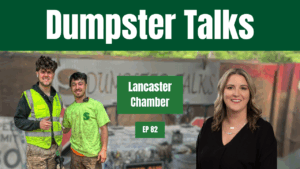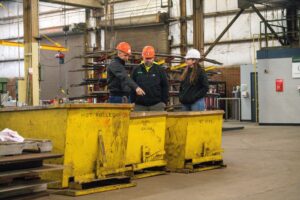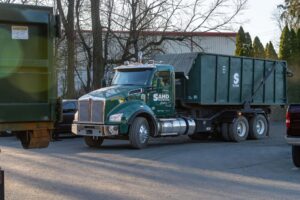Recycling your electric motors, transformers, and other copper-bearing items? Start here.
The most confusing items for customers to recycle are electric motors, transformers, copper-bearing scrap, and other mixed copper materials. Because they almost always feature steel, copper, sometimes aluminum, or plastic and insulated wire, the items in this category can be very difficult to gauge value.
This item category is evaluated on copper content as a weight percentage. Smaller electric motors are typically worth more money because their steel percentage of the weight of the piece is less than on bigger motors. Sometimes customers will try to separate the copper from the steel. While it may pay marginally more when accounting for the generated copper, fully cleaning the copper to get the #2 copper enameled wire price can be a great deal of effort.
The copper content varies among different motors, with small motors having a higher percentage of copper per weight than heavy motors. On average, fractional electric motors are 9-10 percent copper by weight. AC motors average 7-9 percent copper; DC motors have 15-18 percent copper content. Sealed units can have a good deal of copper in them and are often much heavier than electric motors, but the heavy fluid in them can make them a real mess and an environmental hazard to clean.
Transformers are hard steel blocks or compressed plates of steel surrounding a hard copper winding or ribbon. Unlike motors, large transformers often have more copper as a percentage of overall copper than small or medium transformers. They typically rise in price as they get larger because they can yield a great deal of copper.
Other steel and aluminum mixed with copper types include BX cable, a ribbed steel conduit with THNN insulated copper wire inside. It is often very hard to separate the wire from the steel, so the item is sold as one. An aluminum ribbed conduit or Aluminum BX is worth much more together than the THNN insulated copper wire, and at the same time, it is much easier to separate. If you open an end a bit often, the wire will thread right through!
The best way to consider the value of all of these items is to consider their copper content mixed with other materials. Even odd items like submersible pumps have copper in them. In this case, there is a stainless steel exterior, so the combination of these items yields a value based on copper and stainless steel. Most electric motors will be about 90% steel weight, so the price of steel will be a huge factor in the pricing of the item– even if copper is high, the motor may not move up in pricing if steel is either down or flat because it is such a large percentage of the weight of the item.
Aluminum or copper windings?
One thing that we know can trip up a demo worker, electrician, or industrial contractor is ensuring that the transformer, motor, or winding, is copper and not aluminum. Aluminum windings with steel are very low grade, and often we don’t even separate them from steel-we have to put them in the lower grade steel pile. There have been many occasions where we hear about a huge copper transformer on a demo job that turns out to be aluminum. The contractor will go to a great deal of extra effort in harvesting the item and separating it from the regular scrap bin when there is no need to do so.
Transformers are all coated with a maroon-looking material that protects the conductivity. If you take a knife or file or just dent the item, you will immediately see white or orange. In this case, orange is good because it is copper, even though it is less valuable than aluminum. We always ask for pictures to ensure an item is scraped so we can properly evaluate the item.
This happens in many cases ranging from very large transformers to the replacement light transformers that appear inside of cast aluminum casings. There are even some types that will have one side aluminum and one side copper.
When seeing a transformer with a cover, it is a good idea to search for the manufacturer’s plate. Often it will have an AL or CU marking on it. Only make an effort to harvest the winding if it is CU; leave AL alone!
How to find out how much your wire is worth
When you visit us at our scrapyard in Columbia, PA, we will buy all of your grades of electric motors and low copper-bearing items. This classification of items typically includes small motors, large motors, windings, stator wire, ballast, sealed units, small, medium, and large transformers, BX cable, aluminum BX cable, pumps, and many more items! In reality, there are countless categories and classifications. If it is easy to separate the copper content from the steel and you can get it to be #2 copper, then go for it, but often the heavy tape makes that very difficult to do.
Our prices page at recycleyourmetal.com/prices has all the information you need to know about where current electric motor pricing is, and you can call or email us for specific information on other items. If you can send a picture, it is always better as we can give you a really good evaluation of the item. Remember, scraping the winding to ensure it is aluminum and not copper is a good idea to show in the picture.
We are here to help you recycle your scrap wire
Sahd Metal Recycling is committed to maintaining a sustainable environment on our 22 acre facility in Columbia, PA, so we do not do much processing of your metal on site when it is mixed steel and copper. If we can easily separate by hand we will, but often processors will need to put the motors in a very heavy industrial shredder or a very time-consuming manual process of separating the steel from the copper. Some items like insulated wire can be ground and magnet-separated, but again this can be a very intensive process because these items have both metallic and nonmetallic elements mixed in with the copper.
Because we conduct our business in an open, honest, and transparent manner, we will always have pricing on our website, pay for extra quality and quantity, and can even offer customers with a higher volume of activity a pricing formula that is pegged to the London Metal Exchange copper price. Kitcometals.com provides an app to track copper, aluminum, and nickel pricing for free at any time on your phone. This puts the power in your hands to know the current value of the commodity, and with your pricing formula, you will always know when to sell.
When recycling electric motors, remember the smaller the motor the better. Scraping a winding and seeing orange is much better than white. At our scrapyard, we are here to help you get the most money for your metal, and we can give you all the options and information you need to maximize the value of your scrap!

